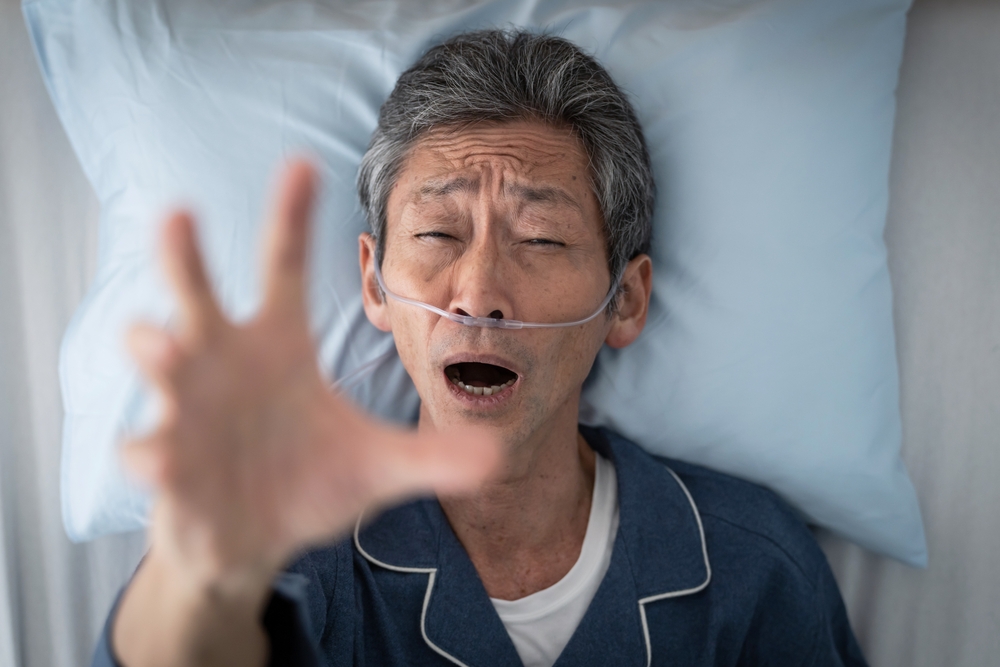
When John Williams sat down for a cozy birthday dinner by the sea, he had no idea his heart would stop 17 times that night, nor that he would return with a story that challenges the way we think about life, death, and whatever might lie beyond.
In November 2004, the 39-year-old from the United Kingdom traveled with his partner to the seaside town of Whitby to celebrate her 40th birthday. It was meant to be a quiet getaway. The plan was simple: good food, good company, and a break from the routines of everyday life. But within hours, John would find himself hovering on the edge of existence, his body failing and his mind somewhere else entirely.
A Night That Changed Everything
John remembers that the evening started off perfectly normal. The air outside was crisp, the pub warm and inviting. They ordered food, shared a drink, and talked about the future. But partway through the meal, something shifted. He began to feel unusually hot, his shirt clinging to him as sweat beaded on his skin. A wave of dizziness followed. He excused himself and stepped outside for fresh air.
Moments later, everything went dark. He collapsed just outside the pub, and by the time paramedics arrived, his heart was in full cardiac arrest. Blue lights flashed through the night as he was rushed to hospital. Doctors later confirmed that he had suffered a severe myocardial infarction, a type of heart attack caused by a blockage that stops blood flow to the heart.
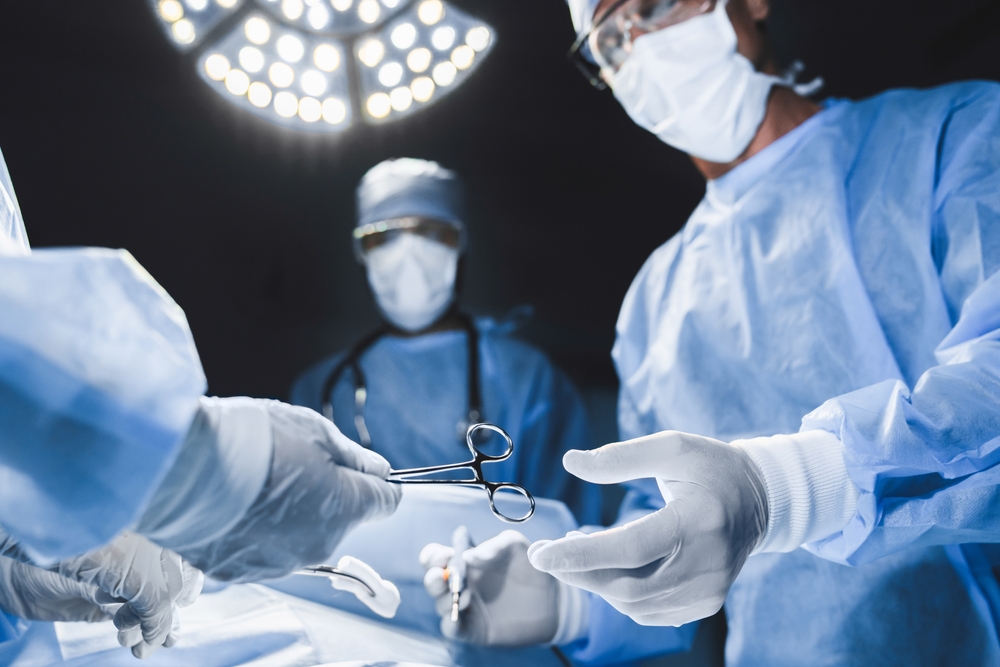
When he regained consciousness hours later, he was surrounded by machines and medics. The consultant on duty leaned over and said something that would stay with him forever: “You’ve been lucky. With heart attacks, you either live or you die. There’s no in between.”
John survived, but the experience left him shaken. In the weeks that followed, doctors told him that his heart had suffered extensive damage. He would eventually need a triple heart bypass to survive long-term. The surgery, they explained, would involve stopping his heart temporarily and rerouting blood flow around the damaged arteries using grafts from his leg.
Preparing For The Impossible
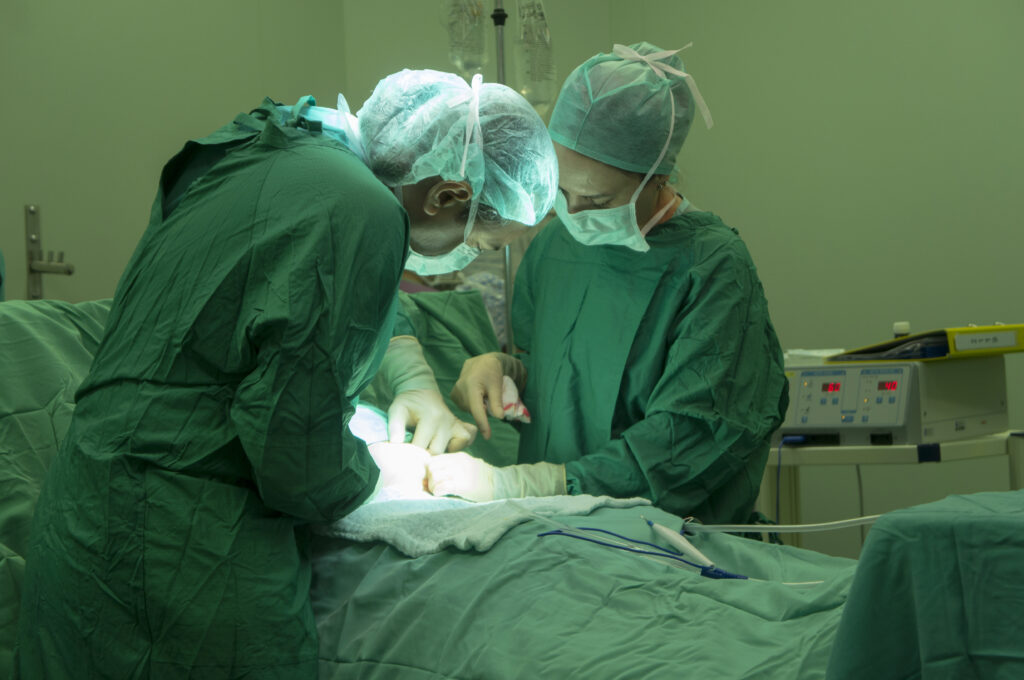
Almost a year later, in a private hospital in Leeds, John prepared for the operation that would once again bring him face-to-face with death. He described the atmosphere as strangely peaceful. His room felt more like a hotel than a hospital, with large windows, soft lighting, and a menu that wouldn’t have been out of place in a fine restaurant.
A nurse entered his room the evening before surgery, asking him to shave his chest and leg in preparation. He looked at himself in the mirror and thought, with a mixture of dread and acceptance, that this might be the last time he would see himself whole. Tomorrow, there would be scars, perhaps far worse.
Yet instead of fear, he felt something else entirely. A sense of calm washed over him, deep and soothing, as if something or someone was reassuring him that it would be alright.
Raised Catholic, John wasn’t a stranger to the idea of an afterlife. Still, what he felt that night was beyond anything he had known. He described it as the presence of his late father and grandfather, both of whom had died years earlier. He couldn’t see them, but he could feel them near, almost as if they were standing at his bedside.
Crossing The Threshold
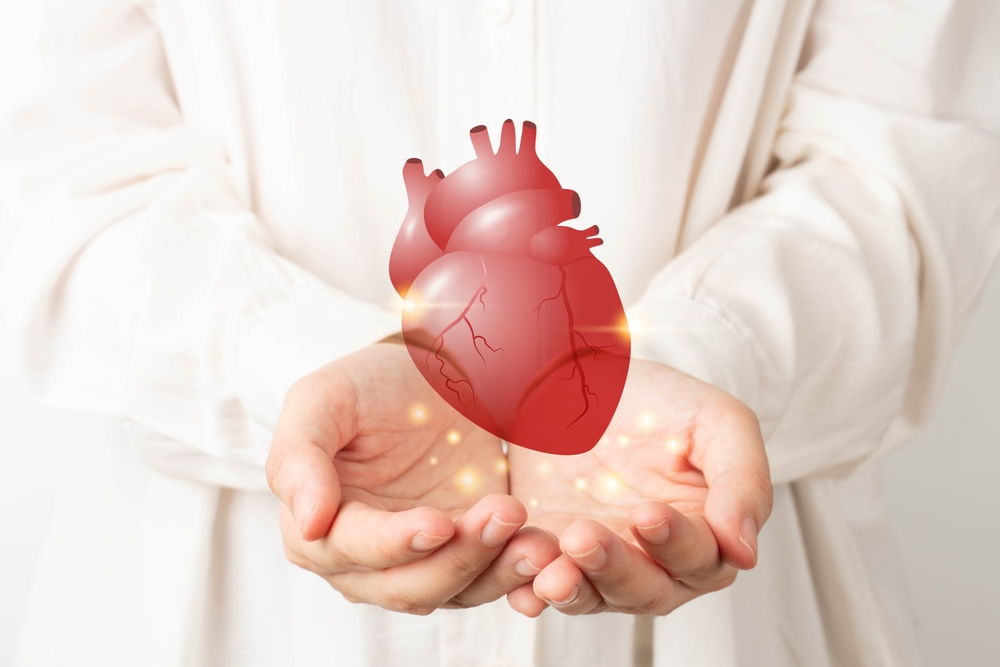
When the surgery began, John’s heart was stopped so that the surgeons could perform the bypass. What followed, by his account, was not unconsciousness or nothingness, but a vivid, serene experience that seemed to exist beyond time.
He said he found himself in a room that looked identical to the one he had fallen asleep in before the operation. Yet it wasn’t quite the same. The air felt light, the colors sharper. His father and grandfather were there with him, both looking younger and healthier than he remembered.
John spoke first. “I’ll see you soon,” he told them. “I can’t wait to see you both again. It’s been such a long time.”
His grandfather smiled warmly. “You’ve grown up since I last saw you,” he said. “We’ll see you very soon.”
But his father’s expression was different stern, loving, but resolute. “You’ve got two young daughters at home,” he told his son. “Not just yet.”
That phrase, “not just yet,” echoed in John’s mind. It felt like a command, a tether pulling him back from the peace he had found.
Dying 17 Times
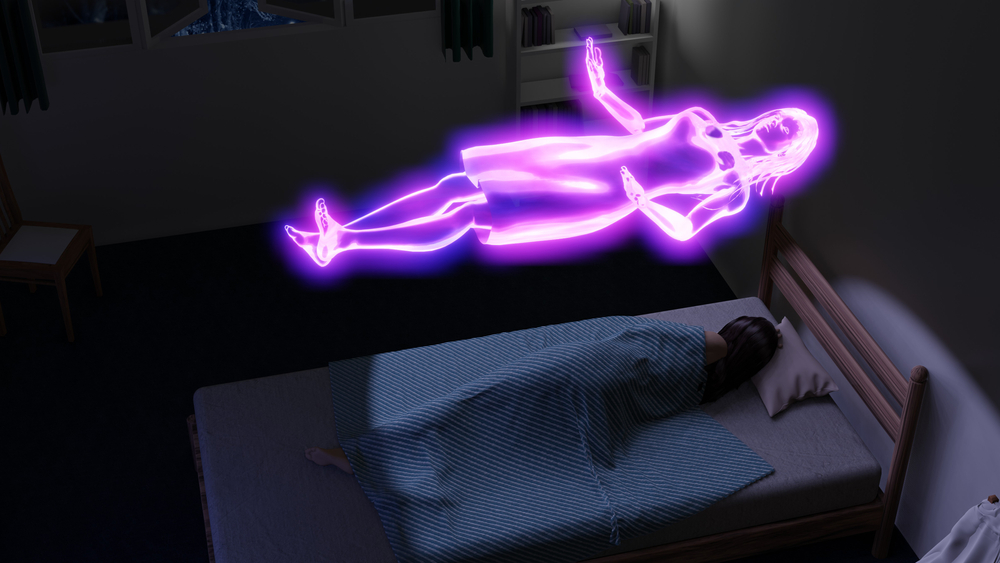
What John didn’t know at the time was that while his consciousness seemed to linger elsewhere, his body was in crisis. During the operation, his heart had gone into arrhythmia, a dangerous condition where the heart’s electrical impulses misfire. His heart stopped beating properly and had to be restarted again and again.
In total, his heart stopped 17 times in just 13 minutes. Each time, the surgical team used a defibrillator to shock it back into rhythm. The procedure left burn marks on his chest rectangular patches of red that remained even after he recovered.
When he finally awoke, he assumed that the operation had just ended. In reality, several days had passed. He had been in an induced coma to give his body time to stabilize. As he regained awareness, a nurse told him softly, “Don’t try to speak, you’ve got a tube down your throat. It’s all over now. You’re in intensive care.” Only then did he learn how close he had come to not surviving at all.
What He Saw And What It Means
John says that what he experienced during those 13 minutes of repeated death was more real than any dream. He described the sensation as an overwhelming calmness and clarity, the kind of peace that words can barely touch. There was no panic, no pain, only an awareness that he was surrounded by love and that everything was connected.
He says he didn’t see tunnels of light or hear angelic choirs, as many near-death accounts describe. Instead, he felt a sense of presence his father and grandfather guiding him, reassuring him that he wasn’t alone. It wasn’t a place, he says, but a state of being.
Since that day, he has thought deeply about what happened. As he told Metro, “I still can’t fully explain what happened or when it happened. All I know is that it felt so real, but at the same time, otherworldly. I have never felt such calmness since.”
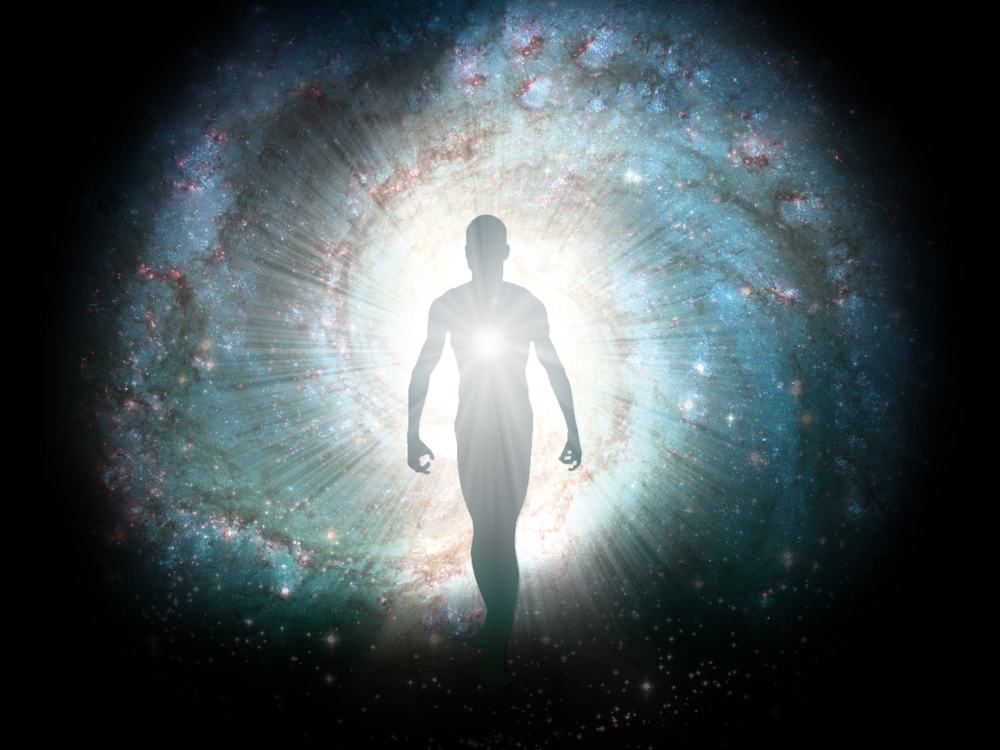
The Science Behind Near-Death Experiences
Doctors have long studied near-death experiences, or NDEs, which are vivid perceptions reported by people who have been clinically dead or close to death. Studies published in medical journals like The Lancet and Resuscitation suggest that NDEs often include sensations of peace, bright lights, or encounters with loved ones. But the exact cause remains debated.
Some scientists argue that these experiences are the result of the brain’s dying process. When oxygen levels plummet, the brain’s temporal lobe can fire erratically, producing visions and sensations of detachment. Neurochemicals such as endorphins and dopamine flood the system, which can create feelings of euphoria and calm.
Others, however, believe that NDEs may point to something beyond biology. Researchers at the University of Southampton’s AWARE study (AWAreness during REsuscitation) recorded cases in which patients described verifiable events that occurred while they were clinically dead, including details from operating rooms that they couldn’t have seen or heard.
John’s story sits somewhere between those interpretations. He doesn’t claim proof of heaven or insist that everyone will see what he did, but he also doesn’t believe it was just a dream. For him, the memory is too clear, the peace too powerful.

How It Changed His Life
After the surgery, John’s recovery was long and difficult. His body was weak, scarred, and slow to heal. But emotionally, he felt transformed. He says that he no longer fears death in the same way. The experience, as terrifying as it was, left him with a deep sense of gratitude for life.
He cherishes small things now: his daughters’ laughter, quiet mornings, the feeling of fresh air on his face. “I think the biggest change is perspective,” he reflected. “When you’ve seen something like that, the things that used to seem important money, status, worries just don’t matter as much.”
He describes his brush with death not as a warning, but as a gift, one that reminded him that existence itself is fragile and precious. The calmness he felt during those moments of clinical death has stayed with him, a quiet reminder that even in chaos, peace can be found.
Reflections On Mortality
Stories like John’s remind us that death is not just a medical event. It is also a mystery, a boundary that fascinates and frightens in equal measure. Whether what he experienced was a vision created by a struggling brain or a glimpse into something beyond remains open to interpretation.
But the effect on him and on countless others who have reported similar events is undeniable. They return changed, more compassionate, less afraid. Perhaps the truth of such experiences is not found in proving or disproving an afterlife, but in how they make us live differently.
John Williams, the man who died 17 times in 13 minutes, says that he now views every heartbeat as a miracle. Whatever he saw, whatever he felt, it gave him a peace that no medical explanation can quite erase.
Between Science and the Soul
Near-death experiences like John’s stand at the crossroads between science and spirituality. For every skeptical explanation, there is a story that defies easy categorization. Whether these experiences reveal something eternal or are simply the brain’s final fireworks, they teach us something profound about human consciousness.
John’s account reminds us that, in the end, the line between life and death is thinner than we think. What lies beyond may never be fully known, but what we do with the life we have now—that is where meaning truly begins.
Loading...

